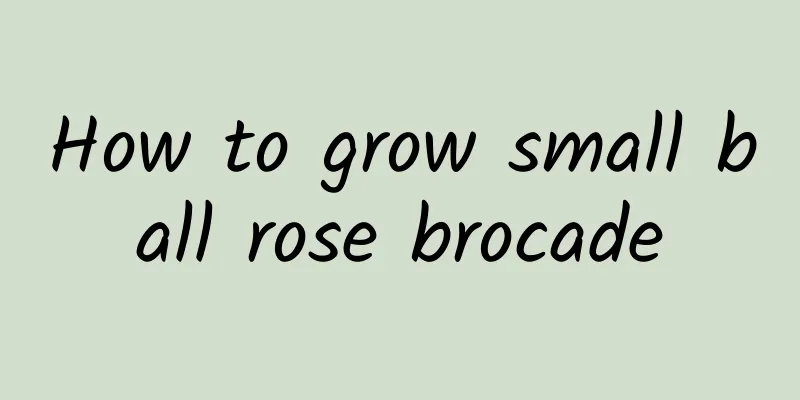Diseases and their control of banana

Anthracnose of bananaanthraxThe water banana is often harmed by anthracnose, which damages the leaves of the water banana and affects its growth. Anthracnose is a fungal disease caused by fungi of the order Ascomycota. The pathogen can be spread by rain, and the disease can occur all year round in warm and humid areas. The growing environment of water banana is damp, or the plant is over-fertilized with nitrogen fertilizer, which can easily induce this disease. Prevention and treatment methodsWhen the disease is found, the diseased leaves can be cut off and burned. You can spray the medicine 2-3 times in spring before flowering to prevent diseases. The pesticide can be selected from 600 times diluted 40% polysulfide suspension, 800-1000 times diluted 50% Shibaogong wettable powder, or 500 times diluted 25% carbon talen, sprayed alternately. Also, be careful not to apply nitrogen fertilizer too much, keep the potting soil slightly moist, and drain it in time after rain. Banana leaf blightLeaf blightWater banana leaf blight is also known as spider orchid leaf scorch disease. Leaf blight mainly harms the leaves, flowers and bulbs of the plant. Spots appear on the leaves and expand, and in severe cases the leaves dry up. Leaf blight is also a fungal disease that is spread by wind, rain and watering, and occurs from January to November every year. Prevention and treatment methodsWhen the leaf blight of the water banana occurs, cut off the diseased and dead leaves in time. Spray 1000 times diluted 50% fungicide regia water-soluble powder or 500 times diluted 40% thiophanate-methyl suspension, or 600 times diluted 30% cupric oxychloride suspension, once every 7 to 15 days. Brown spot disease of water bananaBrown spotWhen brown spot disease breaks out on banana, it mainly harms the leaves. If the rainfall is heavy, the damage will be more serious. Brown spot is also a disease caused by fungi. Prevention and treatment methodsRemove diseased leaves promptly if found. In late autumn, completely remove diseased leaves and burn them in a concentrated area to reduce the source of bacteria. Spray 800 times diluted 25% benomyl·cyclohexane zinc emulsifiable concentrate or 500 times diluted 75% mancozeb wettable powder for prevention and control, once every 10 days or so, and continue prevention and control for 3 to 4 times. |
<<: Diseases and prevention methods of aster
>>: Diseases and control methods of hollyhock
Recommend
Common Pests of Crape Myrtle and Their Control Methods
Aphids infestation on crape myrtle Symptoms There...
How to prune sunflowers, pruning method diagram
1. Topping and pinching The growth rate of sunflo...
Is Silver Queen poisonous?
Silver Queen is poisonous Silver Queen is somewha...
The flower language of Platycodon grandiflorum
Flower Language Platycodon flowers represent eter...
Lotus planting time and method cultivation methods and key points
Lotus Planting Time Lotus is usually planted arou...
I've been growing flowers for 5 years, and a lot of them died, but these 10 are still blooming on the balcony!
1 morning glory When summer comes, Huahua always ...
How to grow succulent flowers
1. Plenty of sunlight First determine whether the...
How to prune Monstera?
Monstera has won the favor of many flower lovers ...
What to do if ivy loses leaves
1. Lighting The light must be controlled well, be...
Can you pour Coke on a money tree?
Can the money tree be watered with Coke? The mone...
How often should I water my cymbidium orchid? What should I do if I water it too much?
1. How often should I water my Cymbidium? Summer ...
Is cornflower poisonous? Can I grow it at home?
Characteristics of cornflower Cornflower has many...
The efficacy and function of Yujiuhua
The ornamental effect of Yujiu flower The rain li...
Cucumber planting time and method
Cucumber generally refers to the tenderer cucumbe...
When is the best time to plant carrots?
Carrots are the main vegetable in autumn and are ...









